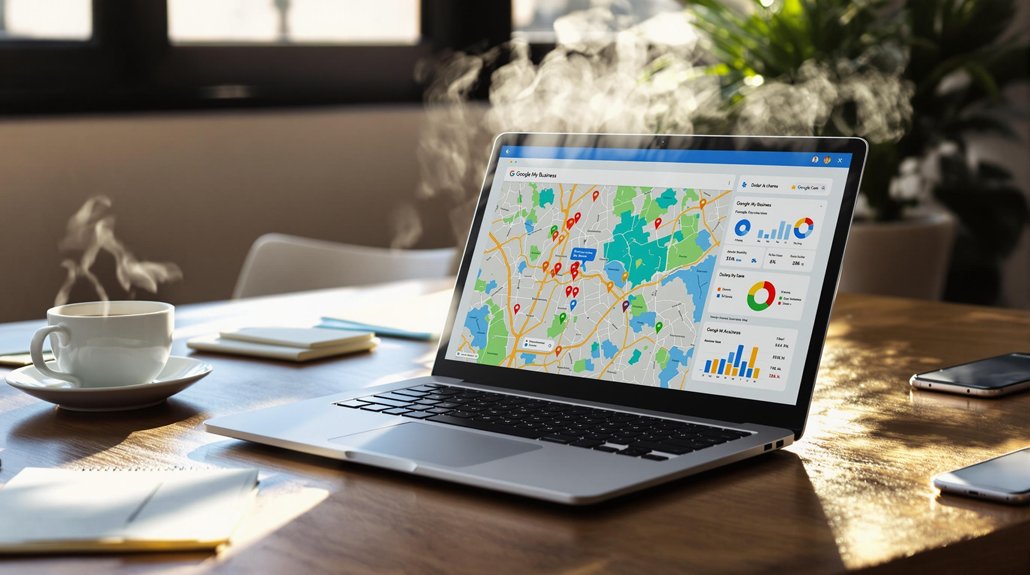
To migrate your Google My Business website effectively, begin by selecting a suitable platform that aligns with your business needs and scalability. Evaluate your existing content for relevance and quality, noting any outdated material for updates. Conduct a thorough backup of all data before transferring the content, making sure that formatting is preserved. After migration, meticulously test the new site on various devices and browsers while adhering to SEO best practices. Gathering user feedback post-launch is vital for optimization. By following these steps, you can guarantee a smooth shift, and more insights on enhancing your migration process await.
Preparing for Migration
Preparing for the migration of your Google My Business (GMB) website is an essential step that requires careful planning and execution.
The first phase involves choosing a platform that aligns with your business needs and objectives. Consider factors such as ease of use, scalability, and integration capabilities.
Once a platform is selected, the next critical step is evaluating content. Review your existing website's content to identify what is relevant, outdated, or requires enhancement. This evaluation should include assessing images, text, and any associated metadata.
Steps to Complete Migration
How can businesses guarantee a seamless migration of their Google My Business website? The first step is to perform a thorough website backup, making sure that all data, images, and content are securely stored.
Next, initiate the content transfer by exporting existing content from Google My Business to your new platform. This involves carefully moving text, images, and any other essential media while maintaining the original formatting.
After the transfer, review the new site to verify that all elements are functioning correctly and that SEO best practices are upheld.
Finally, test the new website across various devices and browsers to confirm compatibility.
Comments are closed